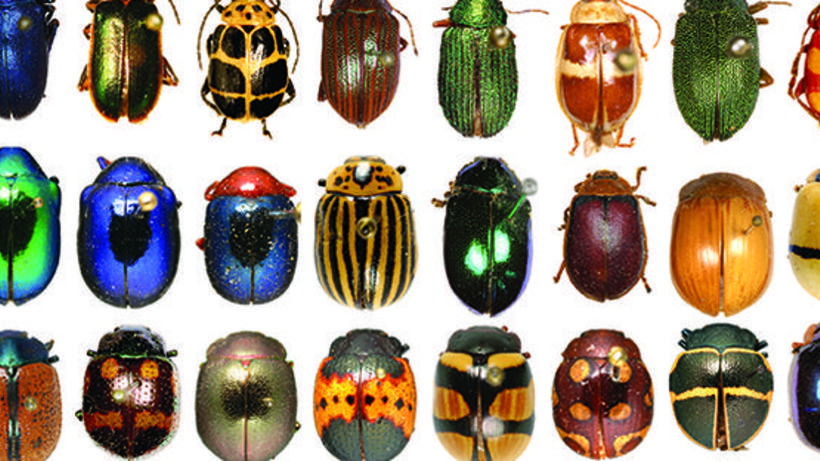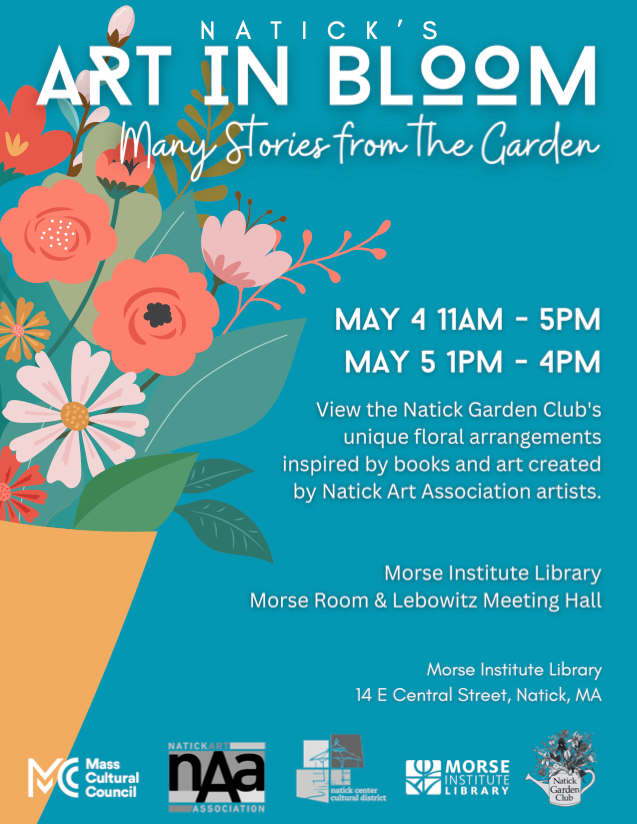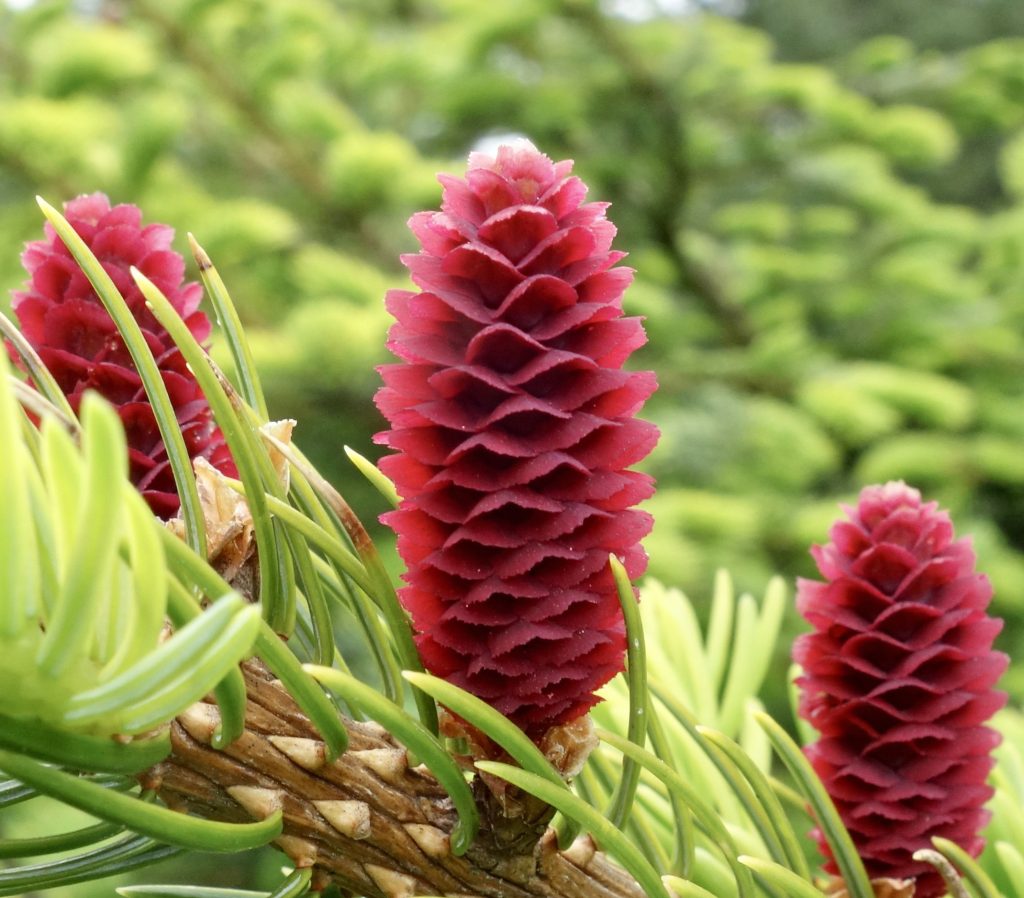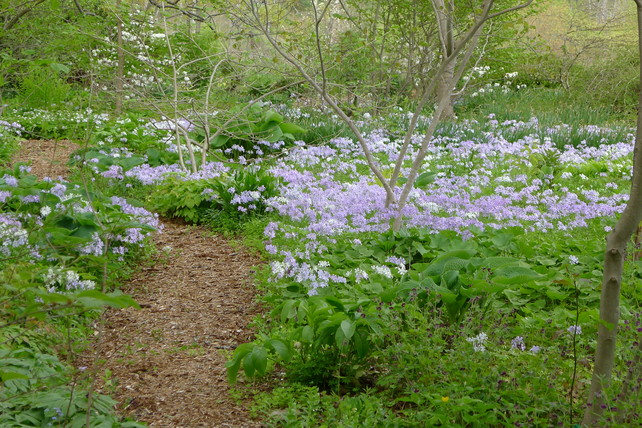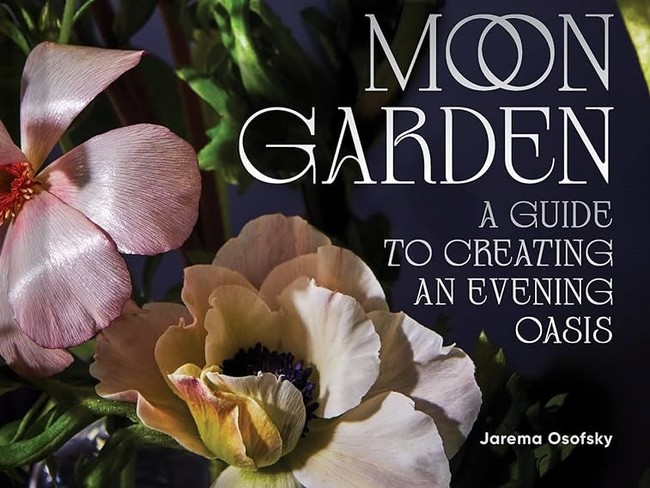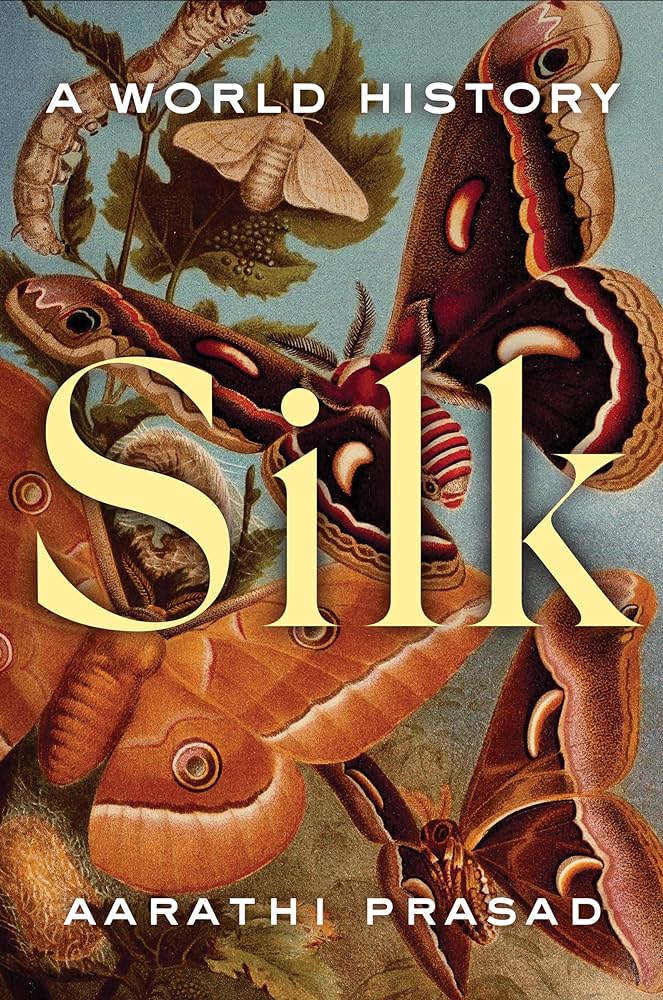Five fabulous gardens will be featured by the Garden Conservancy on May 11 in Massachusetts. For complete information visit www.gardenconservancy.org.
In Worcester, visit the garden of Matt Mattus and Joe Philip. Matt’s garden is a mature, third- generation family property in a suburban neighborhood. It contains many tall trees (now more than 90 feet tall) planted in the 1920s by his grandfather and father. “The garden is an ongoing restoration project” says Matt. “I’ve never opened it up for tours as I’ve always believed that it was more of a small collector’s garden than one that is ‘tour-worthy’, yet I know that most visitors enjoy the casual atmosphere, and the ‘down the rabbit hole-ness’ of a true collector’s garden!” Expect to see collections of interesting plants and greenhouse projects, sweet peas, stone and gravel paths, boxwood and hornbeam hedges, garden rooms, and even a small 100-year-old goldfish pond. Charming and picturesque as a small English garden and as horticulturally interesting as a botanic garden, this 1.5 acres is essentially a home garden, yet one that has recently been featured in Martha Stewart Living, Better Homes and Gardens, and other magazines. Matt Mattus, whose blog is Growingwithplants.com, is the author of Mastering the Art of Vegetable Gardening (2019) and Mastering the Art of Growing Flowers (2020).
Petersham is the location of an organic, toxin-free, dry/xeriscape garden called Swift River Farm. When Bruce and Gus acquired this 87-acre property in north central Massachusetts in 1998, there wasn’t even the hint of a garden to be seen. Over the next few years, an orchard of heirloom apple varieties was planted, stone walls built, and the first of several perennial gardens was installed. A woodland garden filled with spring ephemerals, epimediums, hellebores, mukdenia, hostas, and small flowering trees and shrubs now stretches from the front of the house down along the north side of the property to a bed of tree peonies. There is also a large rock garden, a spring garden with primulas, and spring bulbs. In 2010, Gordon Hayward created a master plan designed to unite the gardens, adding a water garden, a large pollinator meadow garden, an oak walk, and gravel paths allowing easy access between different areas. Since 2012 Helen O’Donnell, garden designer and plantswoman extraordinaire, has been consulting on planting design and new garden projects.
The Berry Garden in Boylston began as an open hayfield in 2001, and everything in the garden was planted by the owners. What was once a hayfield has become a wonderful garden with a great diversity of well-cultivated plants. So much time and energy has been lavished on it that it has the feel of an established garden. Many layers lead the visitor past a marvelous array of trees, shrubs, and herbaceous plants. The owners’ great passion for plants is infectious. Parts of the garden are still evolving. This garden’s estimated size is 2 acres.
A larger site is the garden of Pepe and John Maynard in Groton. In their words: Our place, currently about 25 acres, was originally part of a much larger property, most of which was placed under conservation in 2006. We were attracted to it by the sweeping views to the west, dramatic sunsets, and the protection offered by hundreds of acres of surrounding fields and woodland, all protected from development. Starting in the nineteenth century, successive large country houses had been built on the site, surrounded by the formal, high-maintenance gardens of the day. The last of these rather grand houses was demolished in the 1960s. The succeeding generation of the previous owning family was more interested in breeding Black Angus than in horticulture. As a result the formal gardens had succumbed to neglect, bittersweet, and browsing deer by the time we purchased the property in 2007. At that time we had no interest in restoring formal gardens. Our first steps were to plant an allée of small sugar maples along the lane leading to our barn, and to fence a small nursery area where we could stockpile plants and grow them safe from deer. We dithered about building a deer fence around more of the property, fearing it would interfere with the view, but finally fenced about 15 acres. The fence enabled us to begin planting to create informal, naturalistic grounds using native plant material as much as possible. While the nursery is now empty and the maples in the allée have reached 12 inches in diameter, all the plantings are still young and have only begun to mature. Nonetheless we believe the grounds have grown in enough to reward unhurried exploration with a wide variety of trees and shrubs, and, in the spring, extensive plantings of daffodils and other bulbs. The surrounding areas under conservation are open for walks, and a few remaining Black Angus add interest to the landscape. In the summer of 2020 an energetic couple working for us decided to clear out a small formal garden neglected for 25 years and overgrown to the point of invisibility. An exceptional stonemason rebuilt the dry stone walls over the winter and we began replanting in the early summer of 2021. An exceptionally wet summer helped to get new perennials established.This garden’s estimated size is 10 acres. Please note this garden will be open until 6 pm.
The Kinsey-Pope Garden is open three times a year, in Amherst, Massachusetts. It is a landscape of many uncommon trees with strikingly beautiful bark and a wide variety of textures, flowers, berries, and great autumn color; many shrubs with more than one season of beauty; perennials flowering in three seasons; ground covers of unusual dramatic effect covering all beds during all seasons; and in winter offering a wide palette of interesting shapes, lovely bark, and many evergreen trees and shrubs. In addition, there are three bridges over a stone-lined swale, a hand-built screened gazebo and curved top arbor, a charming little pond, many benches and Japanese stone lanterns, large-stone walkways and stone walls, and a Japanese inspired fence surrounding all of the ½-acre garden. Admission will be in two sessions, 10 – 1 and 1 – 5.
